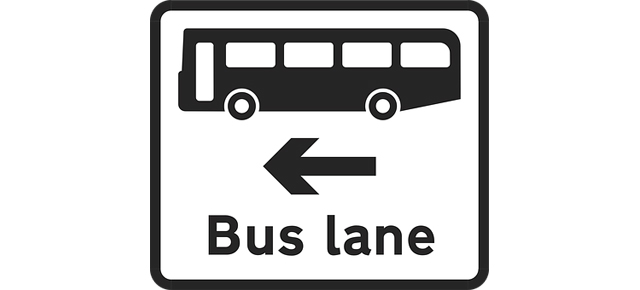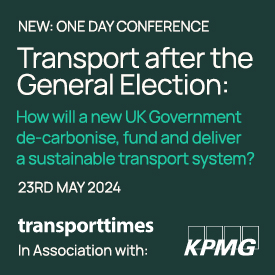‘Stay at home’ order was a massive experiment on what happens to buses in free-flowing traffic
Data specialist CitySwift claims that its ‘bus data engine’ can provide evidence-based insights that will help local authorities and bus operators identify the best locations for bus priority measures.
The government’s National Bus Strategy for England says that Bus Service Improvement Plans must include plans for bus lanes on “any roads where there is a frequent bus service, congestion, and physical space to install one”.
Bus Service Improvement Plans must be created by October 2021. This gives local authorities and bus operators less than five months to review their networks and identify where it is appropriate to introduce new bus lanes and other bus priority measures.
The ‘stay at home’ order effectively resulted in a massive (albeit unintended) experiment on what happens to buses in free-flowing traffic. We now know how much time can be saved if buses are not bogged down in congestion – and it’s HUGE
Galway-based CitySwift believes it can help. “We’ve been analysing what happened to buses during lockdown,” wrote James McCarthy, the company’s head of operations, in a blog post this week. “The ‘stay at home’ order effectively resulted in a massive (albeit unintended) experiment on what happens to buses in free-flowing traffic. We now know how much time can be saved if buses are not bogged down in congestion – and it’s HUGE.
“Bus journey time improvements varied between 10% and 200% – yes, 200%! On one major city corridor, bus speeds increased from walking pace (3.5mph) to 13mph. It’s not difficult to imagine how fast, dependable journey times like this could transform the attractiveness of bus services, with benefits for passengers, operators and stakeholders alike.
“The free-flowing traffic conditions during lockdown effectively replicated what would happen in ‘normal times’ if extensive bus priority measures were implemented. We can use this data to provide reliable estimates about the journey time savings that can be achieved if new bus priority schemes are implemented on any given corridor … Armed with this data, bus operators and local transport authorities can sit down together and robustly analyse the benefits of bus priority interventions.”
Increasing bus speeds by 10mph might not sound much to the average person, but in terms of the cost savings it’s enormous!
McCarthy concluded: “Increasing bus speeds by 10mph might not sound much to the average person, but in terms of the cost savings it’s enormous! Factor in the journey time improvements both current and future bus passengers are likely to experience and it creates a virtuous circle for all concerned.”
This article appears alongside further coverage in the latest issue of Passenger Transport.
DON’T MISS OUT – GET YOUR COPY! – click here to subscribe!








